What animals will be extinct by 2100?
The diversity of life on Earth is a testament to the species' resilience and adaptability over millions of years. However, the accelerating pace of human activities, environmental changes, and other factors are pushing many species towards the brink of extinction. By the end of this century, many animals face the grim reality of disappearing forever. This article delves into the classification of animal life, their geographical distribution, factors that threaten their existence, and the dire consequences of a potential extinction by 2100.
Show key points
- Animal species are organized into a biological classification system based on physical traits, genetics, and evolutionary history, ranging from kingdom to species level.
- Geographic distribution of animals varies by region, with unique species adapted to environments such as the Arctic, South America, and Oceania.
- Major threats to animal survival include habitat loss, climate change, pollution, overexploitation, invasive species, and emerging diseases.
- ADVERTISEMENT
- By 2100, numerous species across groups like amphibians, birds, mammals, and invertebrates may face extinction due to escalating environmental pressures.
- The disappearance of species impacts ecosystems severely by reducing biodiversity, disrupting food chains, and affecting climate regulation and cultural values.
- Conservation strategies such as protected areas, environmental laws, habitat restoration, and climate action are vital to safeguarding wildlife.
- Global cooperation through treaties, funding, scientific research, and local community involvement is essential in combating the biodiversity crisis.
1. Classification of live animals.
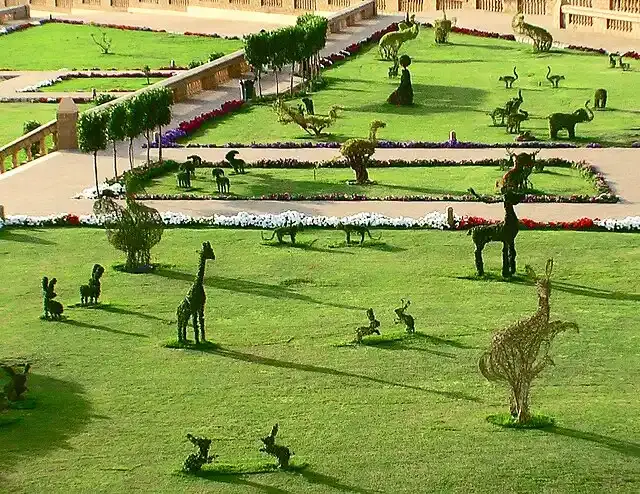
Animals are classified into a hierarchy of classes based on their physical characteristics, genetic relationships, and evolutionary history. Initial levels of classification include:
Recommend
Kingdom: animals.
Phylum: Diverse, including chordates (vertebrates), arthropods (insects, spiders, crustaceans), mollusks (snails, octopuses), etc.
Class: Mammals, birds, reptiles, amphibians, etc.
Order: Diverse groups within classes, such as primates, carnivores, and cetaceans.
Family: More specific groups, such as felines (cats) and dogs (dogs).
Sex and species: The most specific levels, which determine the individual species of animals, for example, Homo sapiens (humans).
2. Geographical distribution of animal life.
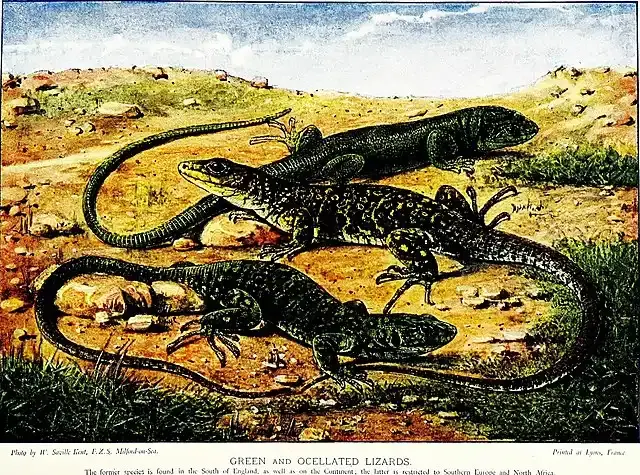
The geographical distribution of animals is determined by their environmental requirements and evolutionary history. Key biogeographic areas include:
Arctic: North America.
New equatorial zone: South and Central America.
Ancient Arctic: Europe, North Asia and North Africa.
African equatorial region: Sub-Saharan Africa.
Indo-Malaysian Region: South Asia and Southeast Asia.
Australasian Region: Australia and New Guinea.
Oceania: Pacific Islands.
Antarctica: Antarctica.
Each region hosts unique animals adapted to its environment, contributing to the mosaic of global biodiversity.
3. Factors governing animal life
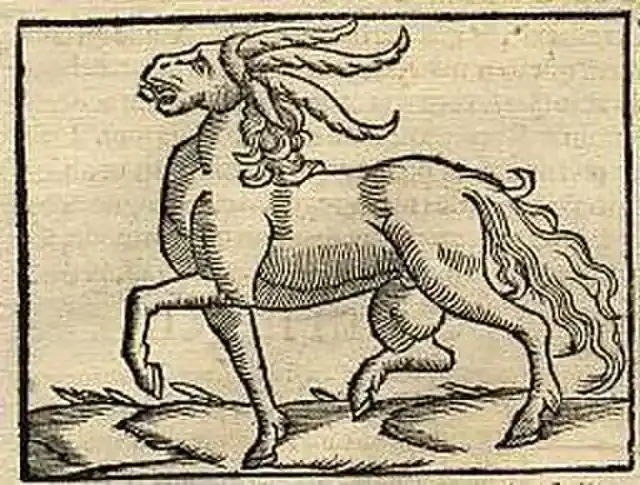
Several factors affect the survival and flowering of animal species:
Habitat loss: Urbanization, deforestation and agriculture destroy natural habitats.
Climate change: Changing temperatures and weather patterns disrupt ecosystems.
Pollution: Pollutants harm wildlife through air, water and soil pollution.
Overexploitation: Hunting, fishing and trade reduce populations.
Invasive species: Non-native species outperform or prey on native species.
Diseases: Pathogens can exterminate species that lack immunity.
4. Animals on the verge of extinction by 2100.
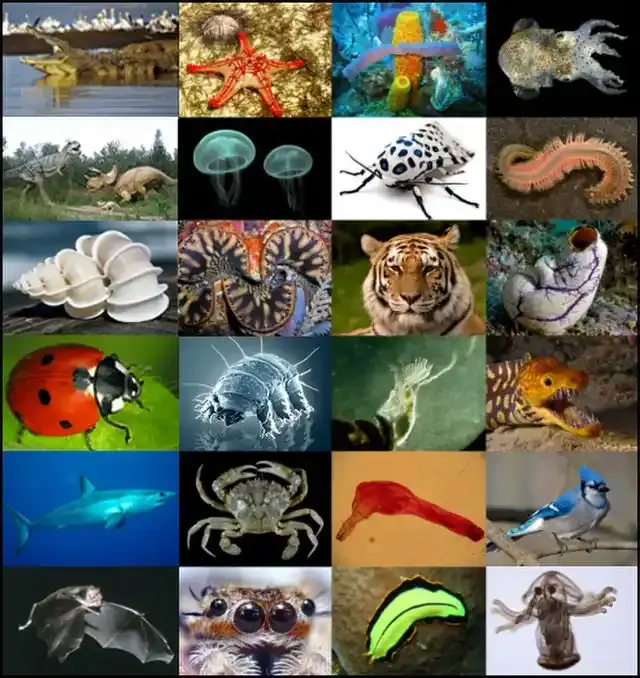
Many species are expected to face extinction by 2100 if current trends continue. Key examples include:
Amphibians: Many frogs and salamanders, especially in Central and South America, are threatened by habitat loss, pollution and filamentous fungi.
Birds: Species such as the Kakapo in New Zealand and Macau Specks in Brazil are seriously endangered due to habitat destruction and illegal trade.
Mammals: Sumatran and Javanese rhinos, along with many primates such as the Cross River gorilla, face severe threats from poaching and habitat fragmentation.
Reptiles: Sea turtles, such as hawksbill and skin, are at risk due to bycatch and habitat degradation.
Fish: Many marine species, including vaquita and many shark species, are on the verge of extinction due to overfishing and habitat destruction.
Invertebrates: Insects, especially pollinators such as bees, are declining due to pesticides and habitat loss.
5. Effects on the environment and the environment.
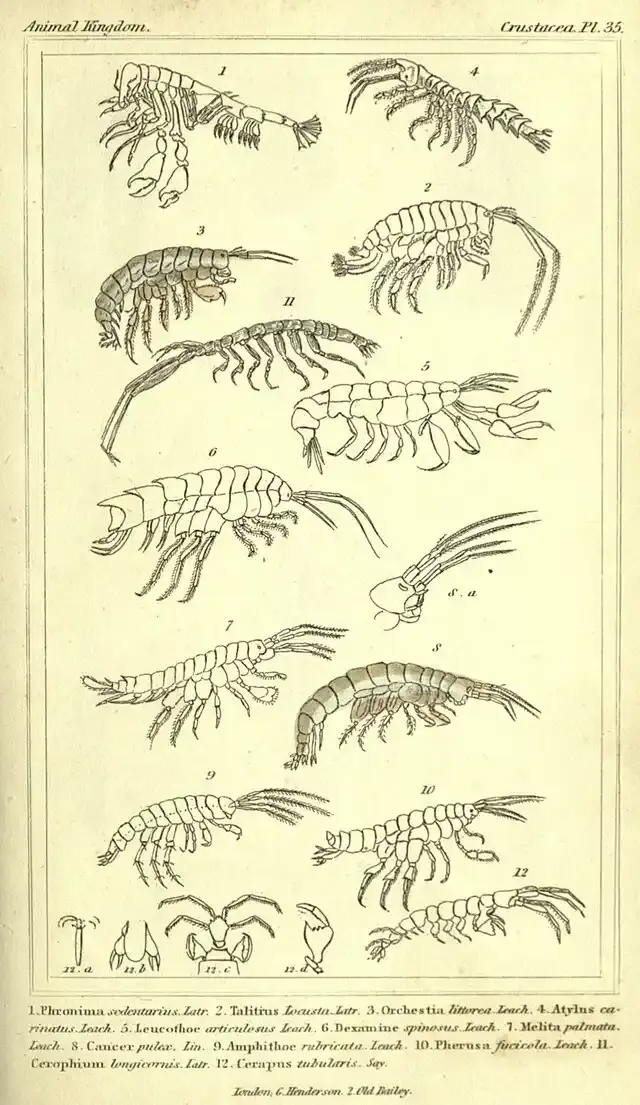
The extinction of animal species has far-reaching consequences:
Biodiversity loss: Reduced genetic diversity weakens ecosystems.
Ecosystem services: Jobs such as pollination, seed dispersal, and pest control are at risk.
Food security: Fisheries and agriculture depend on biodiversity.
Climate regulation: Forest and ocean ecosystems play a role in sequestering carbon.
Cultural influence: Many species have cultural and spiritual significance to human societies.
6. Environmental conservation efforts and strategies.
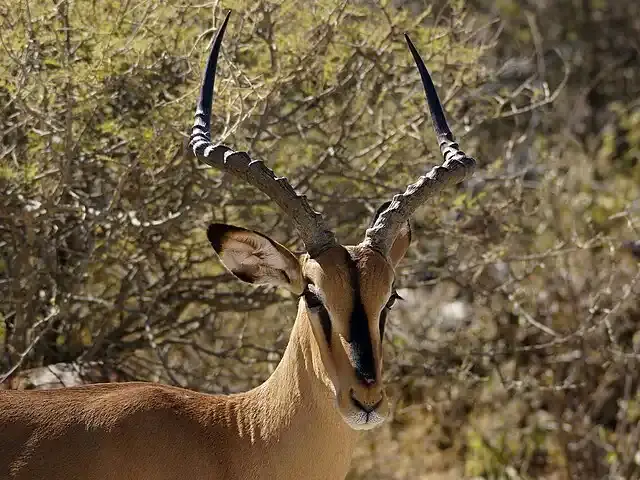
Efforts to prevent extinction include:
Protected areas: Establishment and implementation of reserves and national parks.
Legislation: Laws such as the Endangered Species Act aim to protect species.
Breeding in captivity: Breeding programs aim to reintroduce species into the wild.
Habitat restoration: rehabilitation and reconnection of fragmented habitats.
Climate action: Mitigating the effects of climate change through global agreements and policies.
Public awareness: Education and advocacy can drive environmental conservation efforts.
7. The role of global cooperation.

Preventing extinction requires a concerted global effort. The main actions include:
International treaties: Conventions such as CITES regulate the wildlife trade.
Funding and resources: Adequate financial support for conservation programs.
Scientific research: Enhance understanding of species and ecosystems.
Community Engagement: Involving local communities in conservation efforts.
Sustainable practices: Promote environmentally friendly practices in industries.
The extinction of animal species by 2100 is not inevitable but a call to action. Through concerted efforts, global cooperation, and environmental protection, threats to wildlife can be mitigated and the rich fabric of life on Earth preserved. By appreciating biodiversity and implementing effective conservation strategies, we have the key to ensuring that future generations inherit a planet teeming with life.








